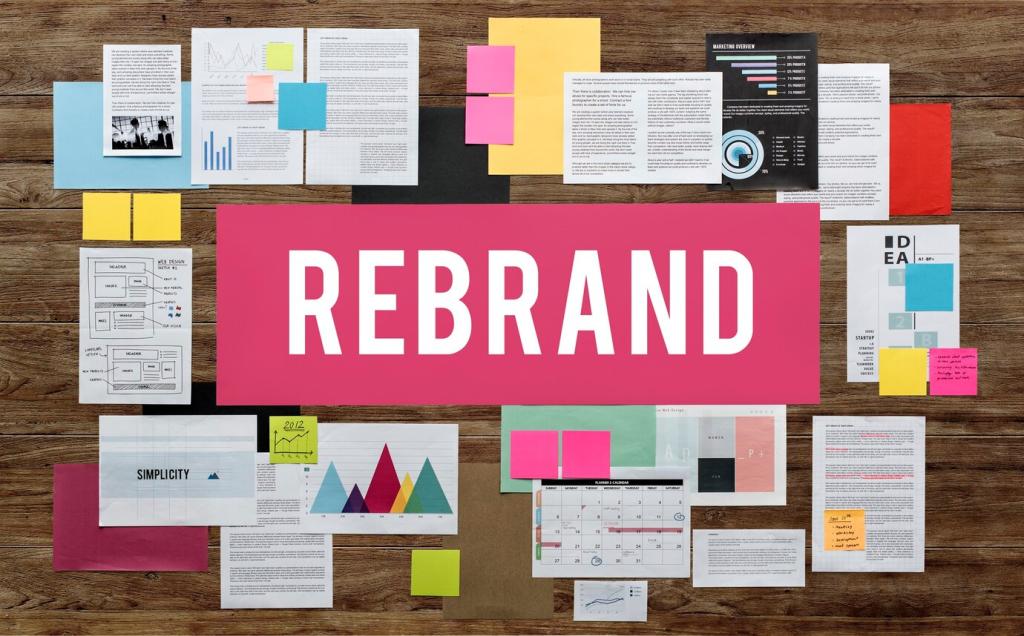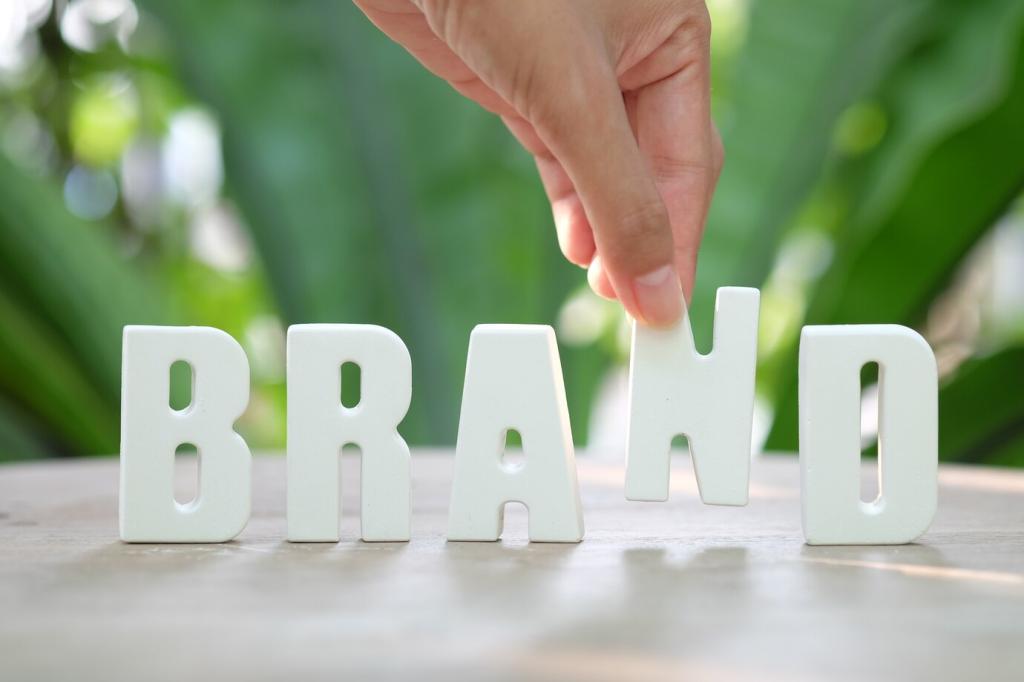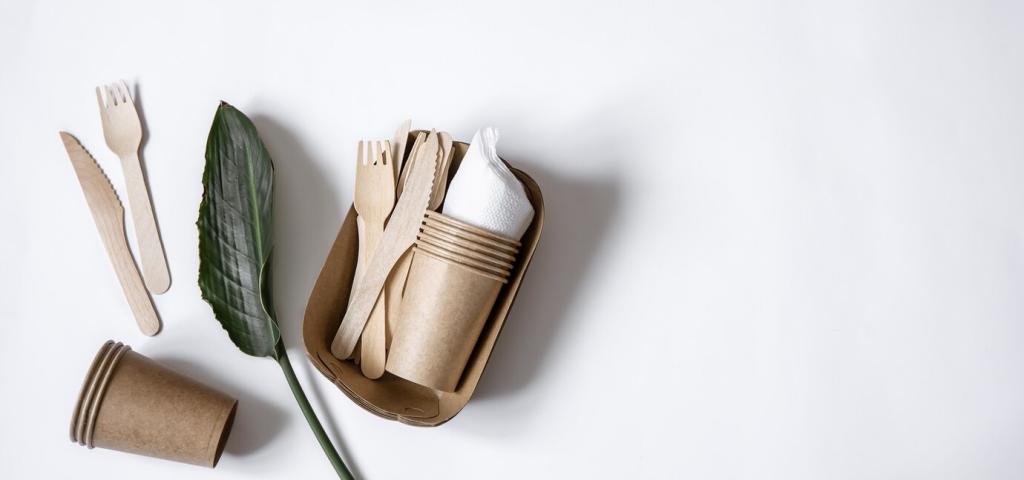Effective Messaging Strategies for Eco Interior Design
Chosen theme: Effective Messaging Strategies for Eco Interior Design. Welcome to a space where sustainability meets storytelling, and every word helps people feel the comfort, health, and beauty of eco-conscious interiors. Explore practical techniques, vivid narratives, and ethical tactics, then subscribe and share your questions so we can craft future posts around what you most want to learn.



Define the Value: Positioning Eco Interior Design with Clarity
Translate planet-first ethics into everyday gains clients feel immediately: fresher air, quieter rooms, easier maintenance, and timeless comfort. Pair each benefit with a before-and-after detail, then invite readers to share which outcome matters most in their homes and studios.
Define the Value: Positioning Eco Interior Design with Clarity
Map distinct personas—health-focused families, budget-savvy renovators, boutique hoteliers, and developers—then tailor headlines, proof, and imagery accordingly. When readers recognize themselves, they engage. Ask them which persona fits best, and encourage newsletter signup for bespoke, persona-specific tips and resources.
Storytelling That Breathes: Narratives Your Clients Remember
Home-as-ecosystem story arc
Frame each project as an ecosystem where light, airflow, and materials cooperate. Introduce characters—the family, the craftspeople, the plants. Conflict is stale air or noise; resolution is balanced comfort. End with an invitation to readers: which imbalance would they solve first at home?
Founder’s purpose story
Share a formative moment—perhaps sanding a reclaimed board with a grandparent or noticing headaches fade after removing harsh finishes. Root your practice in that memory, then invite subscribers to reply with their turning points so future posts can showcase authentic community stories.
Client journey from concern to comfort
Outline the journey: worry, research, first conversation, prototype room, daily rituals restored. Include sensory cues—quiet footsteps on cork, sunlight on limewash, calm mornings without synthetic odors. Ask readers which sensory detail persuades them most, and offer a downloadable checklist in the newsletter.
Show, Don’t Tell: Visual and Verbal Style That Signals Sustainability
Material close-ups and process visuals
Publish tactile macro shots of clay paint, wool felt, and certified timber, alongside process clips: repairs, finishes, and offcuts reused. Pair every image with captions about impact and care. Encourage followers to share material snapshots using a dedicated hashtag that celebrates repair and craft.

Proof That Matters: Certifications, Metrics, and Case Studies
Third-party certifications explained simply
Demystify certifications by translating them into outcomes: cleaner indoor air, responsibly managed forests, safer adhesives, and mindful manufacturing. Offer a glossary readers can save. Invite questions about labels they find confusing, and promise follow-up articles answering the most common requests transparently.
Before-and-after evidence clients can feel
Share tangible comparisons: lingering odors replaced by a neutral, natural scent; echoey rooms turned quiet; dust reduced through smarter finishes. Include short client reflections. Encourage readers to describe the most noticeable change after their own eco upgrades to enrich future case studies.
Social proof and community voices
Curate testimonials, maker notes, and user-generated photos into a single storyline per project. Add a ‘what we’d improve next time’ reflection to show humility and learning. Ask your audience to submit questions for upcoming case studies through the mailing list and comments.



Conversion with Integrity: CTAs That Respect the Planet and the Person
Replace aggressive CTAs with gentle next steps: download a room health checklist, book a no-pressure discovery call, or join a Q&A session. Clarify time commitment and privacy. Invite readers to propose topics for the next session so content stays truly audience-led.

Partners and makers with values alignment
Spotlight local fabricators, recyclers, and finishers whose processes you trust. Tell a short story about visiting a workshop and seeing offcuts become handles, not waste. Ask readers to suggest makers to feature, strengthening a network around responsible, repair-friendly interiors.

Local workshops and challenges
Host small gatherings teaching maintenance of natural finishes or repair techniques. Issue a month-long ‘care for what you own’ challenge and celebrate progress publicly. Invite signups through the blog, and share templates participants can adapt at home, studios, or community spaces.

Policy literacy and transparent compliance
Translate relevant building and health standards into approachable guides, highlighting how compliance supports comfort and safety. If a regulation limits a favorite material, explain honest alternatives. Encourage readers to submit policy questions for future explainers via email or comments.
Join our mailing list
